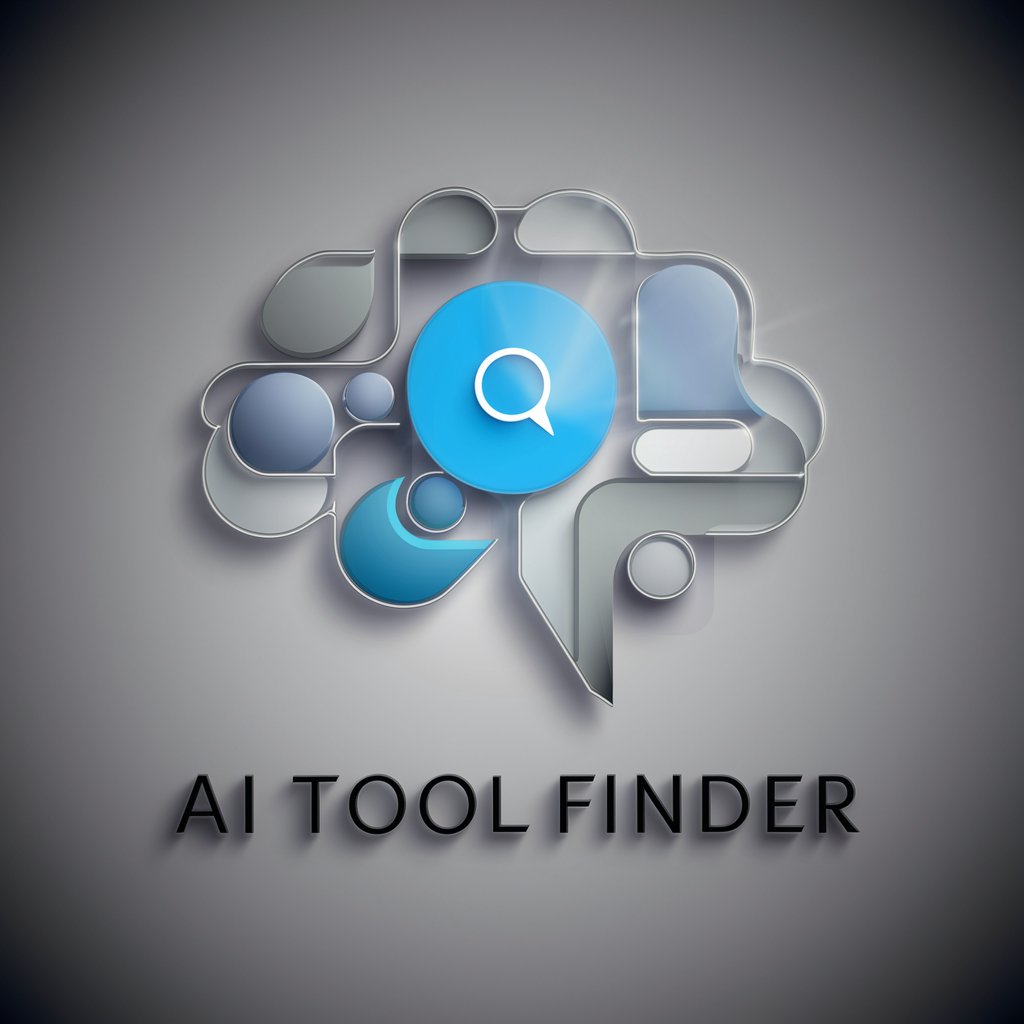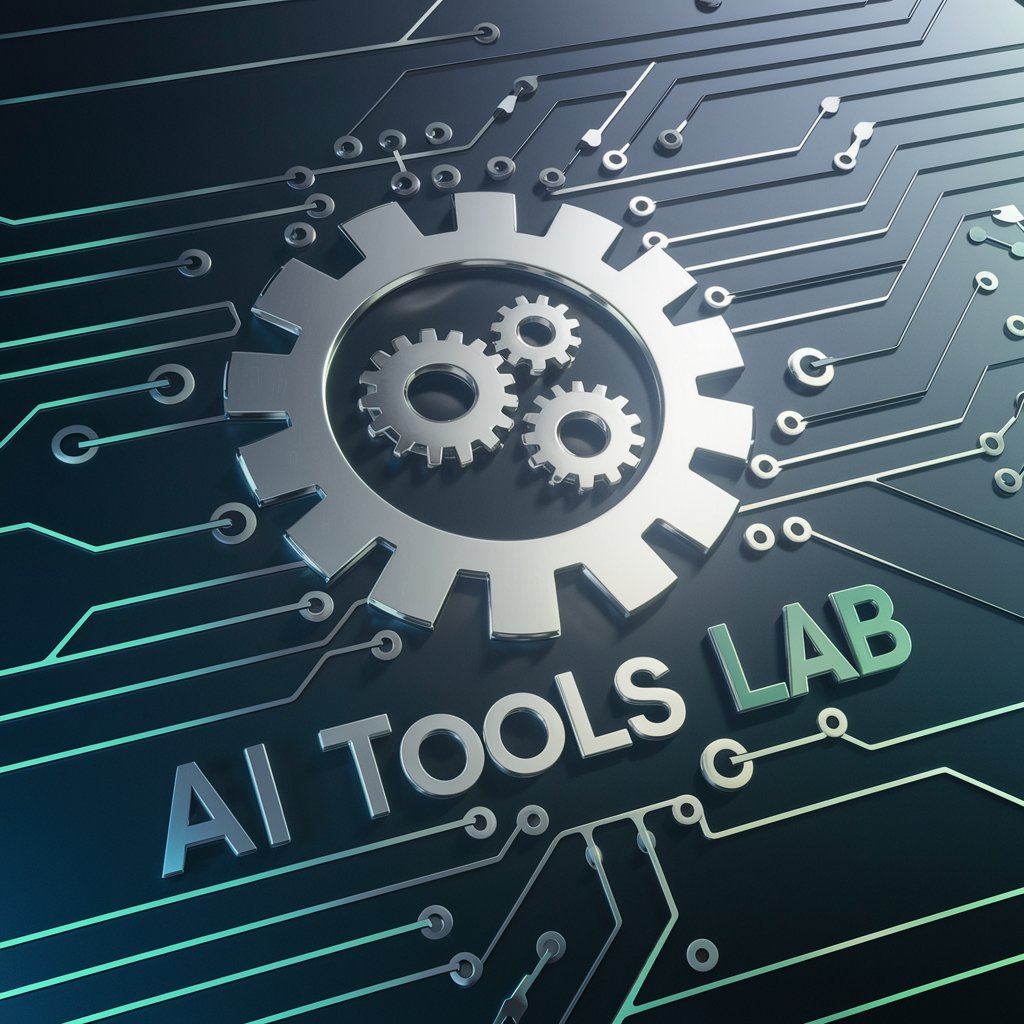
AI tools integration - AI Integration Guide
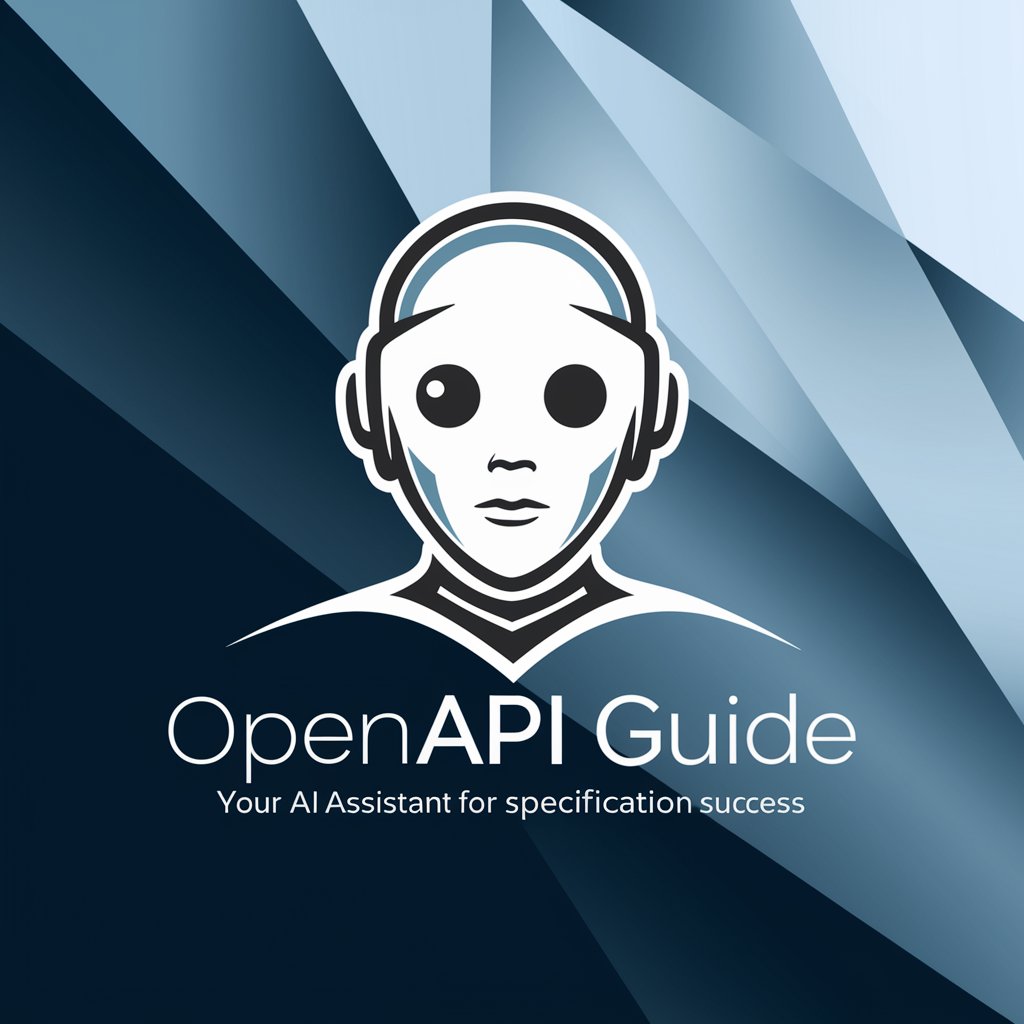
Hello! I'm here to help you with AI tool integration and OpenAPI configurations.
Empower Projects with AI
Explain how to integrate AI tools into an e-commerce platform for personalized recommendations.
Describe the steps to set up a diagnostic tool in healthcare using AI algorithms.
How can AI be used to optimize traffic management systems in urban areas?
What are the key considerations for implementing AI-driven fraud detection in financial services?
Get Embed Code
Introduction to AI Tools Integration
AI Tools Integration encompasses the process and methodologies involved in incorporating AI-driven functionalities into various applications, systems, or services. Its primary purpose is to enhance, automate, and optimize operations across a wide range of industries including healthcare, finance, e-commerce, education, automotive, marketing, entertainment, and more. For example, integrating AI for predictive analytics in healthcare can significantly improve patient outcomes by predicting diseases early. Similarly, in e-commerce, AI integration helps in personalizing shopping experiences for customers through recommendation engines. The design purpose behind AI Tools Integration is to leverage the capabilities of AI technologies such as machine learning, natural language processing, and computer vision to solve complex problems, make data-driven decisions, and create more engaging, efficient, and intelligent systems. Powered by ChatGPT-4o。

Main Functions of AI Tools Integration
Predictive Analytics
Example
In healthcare, predictive analytics can forecast disease outbreaks by analyzing patterns from medical records and public health data.
Scenario
Hospitals integrate AI tools with their electronic health record systems to identify high-risk patients early and prevent readmissions, significantly improving patient care and reducing costs.
Personalized Recommendations
Example
E-commerce platforms use AI to analyze customer behavior, purchase history, and preferences to suggest products.
Scenario
An online retailer integrates AI to dynamically present product recommendations to users, enhancing shopping experiences and increasing sales conversion rates.
Automated Customer Service
Example
Chatbots and virtual assistants in service industries provide 24/7 customer support by handling inquiries, booking, and troubleshooting.
Scenario
A telecom company employs an AI chatbot to handle customer queries efficiently, reducing wait times and freeing human agents to solve more complex issues.
Fraud Detection
Example
Financial institutions leverage AI to analyze transaction patterns in real-time to detect and prevent fraudulent activities.
Scenario
A bank integrates AI tools into its transaction processing system to automatically flag and investigate suspicious activities, thereby enhancing security and customer trust.
Content Creation and Curation
Example
AI-driven tools generate written content, music, or artwork, and curate content based on user preferences in entertainment and marketing.
Scenario
A digital marketing agency uses AI to generate and curate engaging content for targeted advertising campaigns, improving engagement rates and ROI.
Ideal Users of AI Tools Integration Services
Businesses and Enterprises
Companies across various industries looking to enhance operational efficiency, improve customer experiences, and gain a competitive edge through data-driven decisions and automation.
Healthcare Providers
Hospitals, clinics, and research institutions aiming to improve patient care through predictive analytics, personalized medicine, and efficient data management.
E-commerce Platforms
Online retailers and marketplaces seeking to personalize shopping experiences, optimize inventory management, and improve customer service through AI integration.
Educational Institutions and EdTech
Schools, universities, and educational technology companies looking to enhance learning experiences through adaptive learning platforms and automated grading systems.
Financial Services
Banks, insurance companies, and fintech startups that require sophisticated AI tools for fraud detection, risk assessment, and algorithmic trading.

How to Integrate AI Tools
1
Begin by visiting yeschat.ai to access a free trial, offering immediate use without the need for a login or a ChatGPT Plus subscription.
2
Identify your needs by exploring the available AI tools and functionalities that match your project's requirements, such as natural language processing, image generation, or data analysis.
3
Integrate the chosen AI tool into your project or workflow using the provided APIs. Ensure to review the documentation for specific integration instructions and best practices.
4
Test the integration thoroughly in a development environment to validate the AI tool's performance and its compatibility with your project, adjusting settings as necessary for optimal results.
5
Monitor and analyze the performance of the AI tool post-integration, making use of analytics and feedback mechanisms to refine and improve its application over time.
Try other advanced and practical GPTs
Aviator Ace
Elevate Your Aviation Knowledge

Car Insurance Tulsa, OK
Empowering Drivers with AI-Powered Insurance Solutions

Emergency Dentist Near Me
Instant AI-Powered Dental Assistance

Car Insurance Miami, FL
AI-Powered Car Insurance Solutions

Chinese Translator
Effortlessly Bridge Chinese Linguistic Gaps

Y Nos Dieron Las Diez meaning?
Unlock Insights with AI

Arbitrator-Tennis-FFT
Clarifying tennis rules with AI precision

Average Girl meaning?
Empowering insights into the 'Average Girl' narrative

Up All Night meaning?
Empowering insights with AI-driven clarity
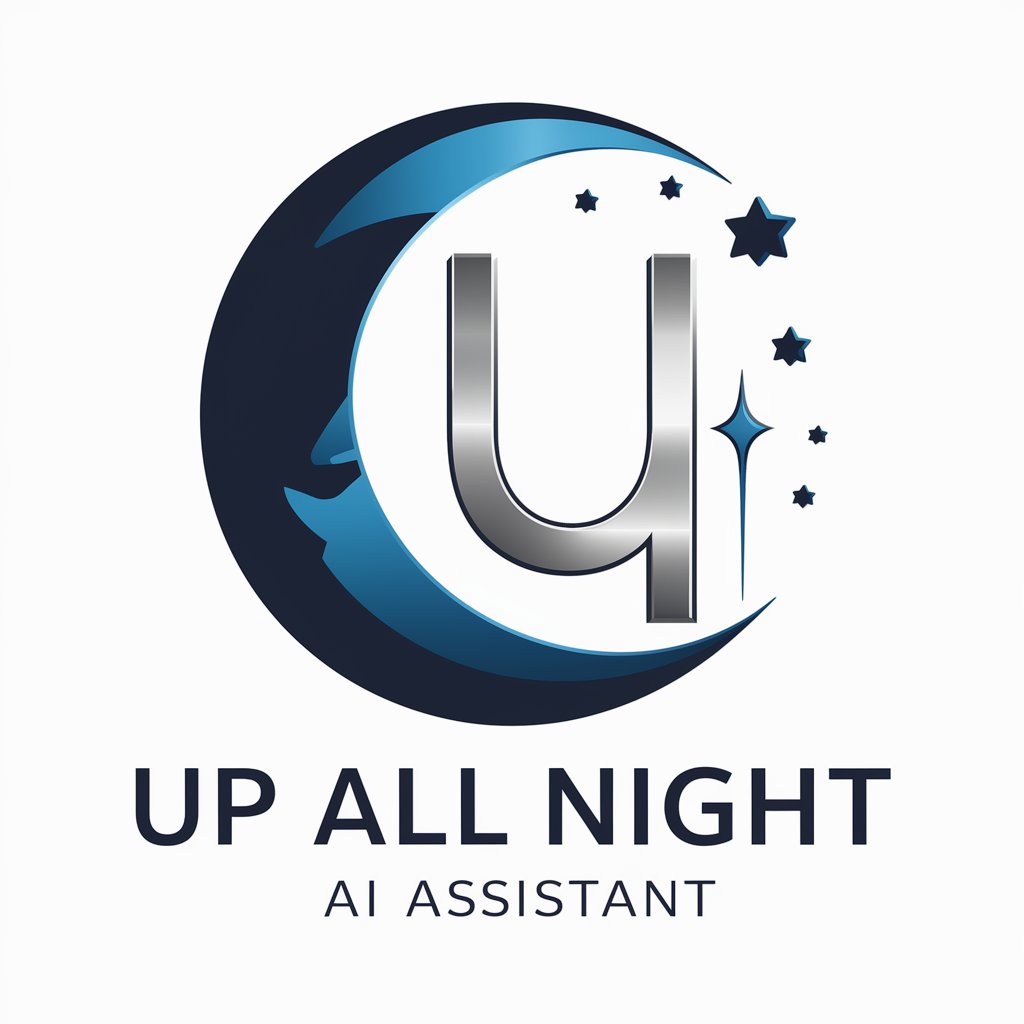
宇宙湾
Empowering Innovation with AI

Car Insurance Colorado Springs, CO
Empowering Your Insurance Choices with AI

Near You meaning?
Decipher language nuances with AI.
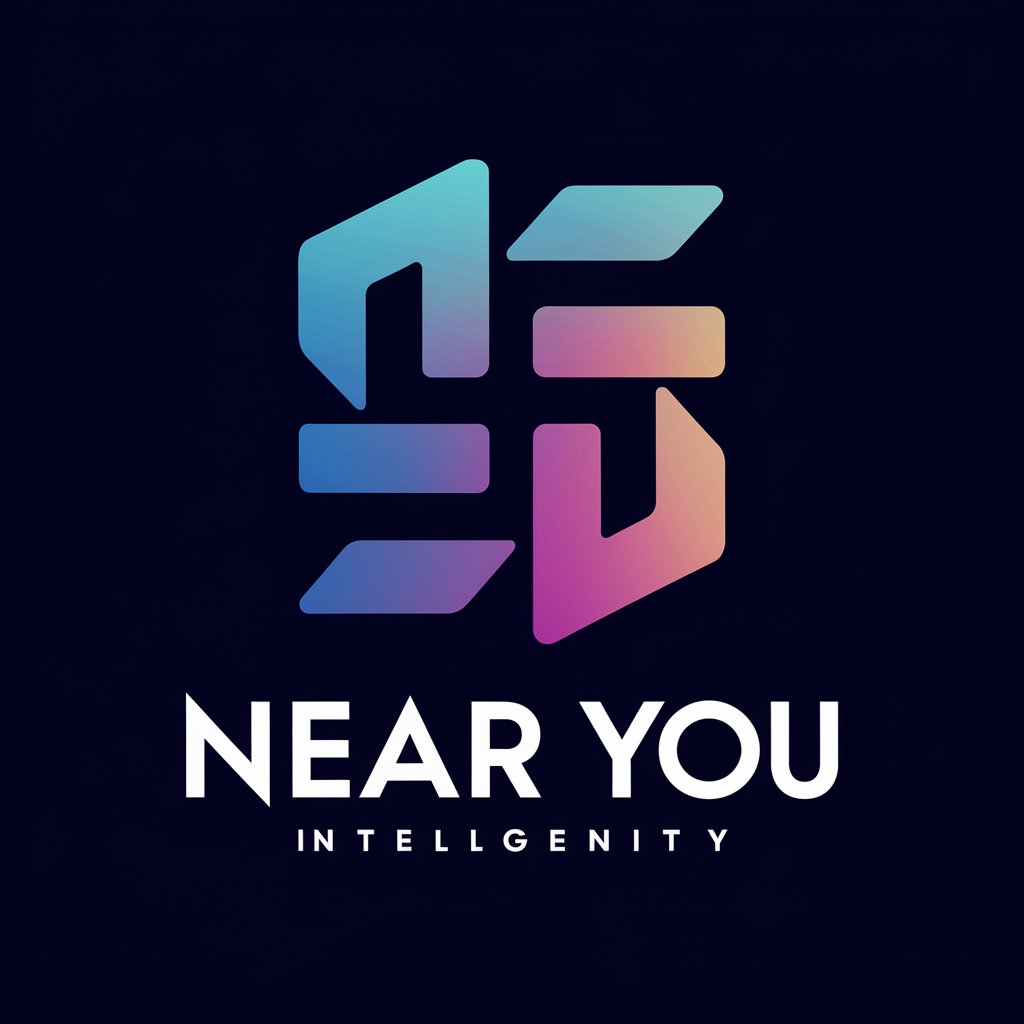
Frequently Asked Questions on AI Tools Integration
What prerequisites are needed for integrating AI tools?
Prerequisites include a basic understanding of the AI tool's functionality, access to its API or software development kit (SDK), and familiarity with the programming language or platform it supports.
Can AI tools be integrated into any software or platform?
Most AI tools are designed to be flexible and can be integrated into a variety of software or platforms, provided there is support for API calls or the platform allows for custom integration.
How can I ensure the AI tool performs optimally within my project?
To ensure optimal performance, regularly update the AI tool to its latest version, tailor its settings to match your specific needs, and monitor its output to make necessary adjustments.
Are there any common challenges in AI tools integration?
Common challenges include dealing with API rate limits, ensuring data privacy and security, managing tool dependencies, and addressing potential biases in AI models.
What are some tips for a successful AI tool integration?
Tips include starting with a clear integration plan, choosing the right tool for your needs, utilizing the tool's documentation and support resources, and actively seeking feedback to refine the integration.

